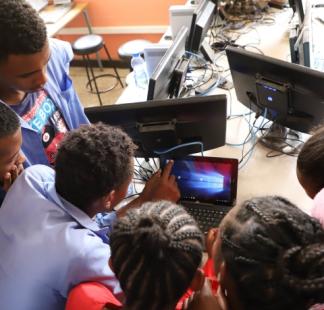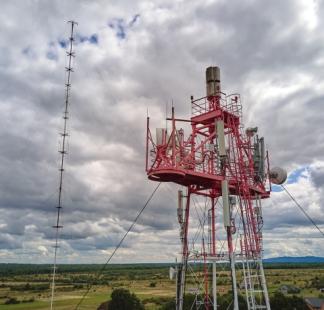India
Introductory
Description
The online training course on Conformity & Interoperability in 5G for the Asia-Pacific Region will be conducted from 15 April 26 April 2019. This training is organized jointly by the International Telecommunication Union (ITU) and the China Academy of ICT (CAICT) as part of the Conformity and Interoperability (C&I) programme under the auspices of the ITU Centres of Excellence for Asia-Pacific region. The training will be delivered in English through the ITU Academy Platform.
This online training aims to develop
knowledge about ITU Conformity and Interoperability, 5G and IOT;
Key perspective and 5G vision;
knowledge about test specification and certification requirement for 5G User Equipment;
knowledge and skills with practical solutions for testing technologies (e.g. 5G base station).
Detailed information on this training (including registration process) is described in the training outline (Annex 1 attached), which can also be downloaded from the ITU Academy Portal at the following link https://academy.itu.int/.
This training is targeted at managers, engineers and employees from policy makers, regulators, industry and academia, who are interested in understanding the conformity and interoperability issues relating to 5G. Registration for this online training course should be made online at the aforementioned link no later than 10 April 2019.
You can find the enrolment key in the training outline.
Invitation letter
Training outline













